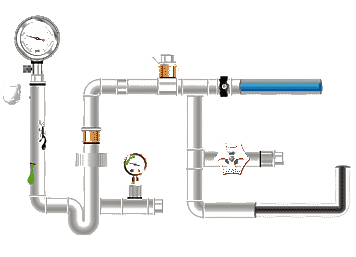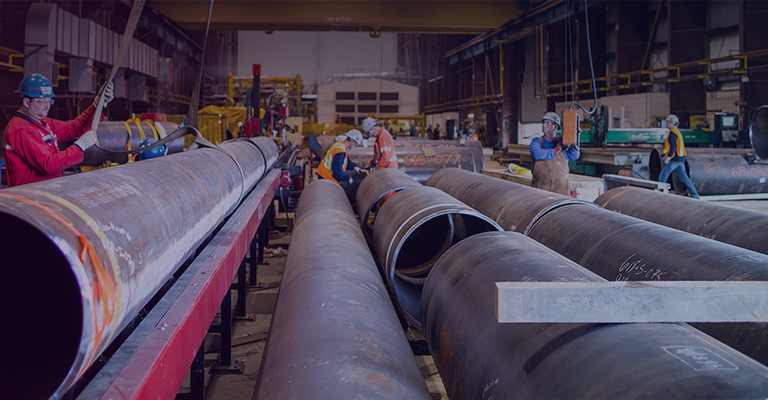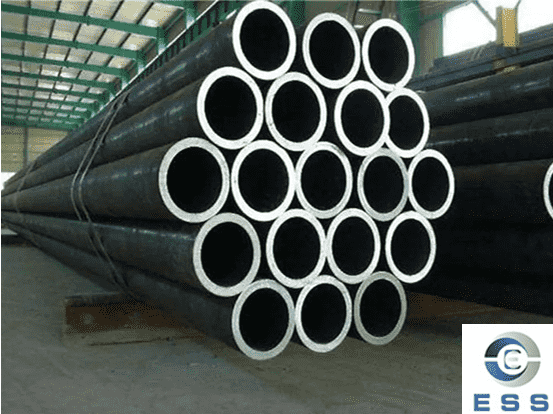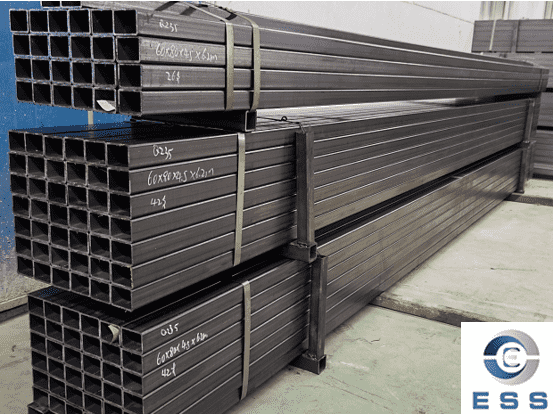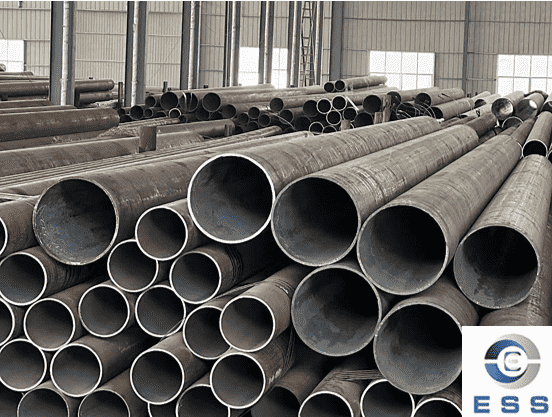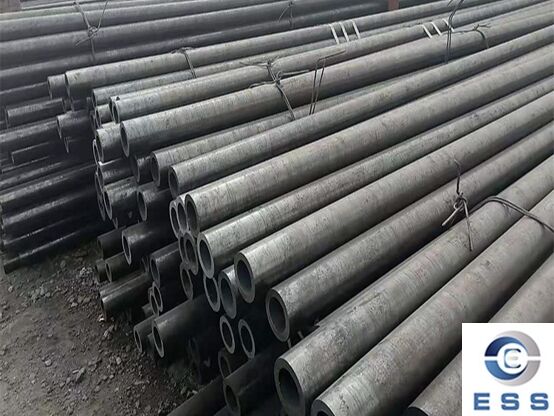
The carbon steel seamless
pipe is widely used in boilers, petrochemicals, hydraulic systems,
structural engineering and other fields due to their excellent mechanical
properties and corrosion resistance. Accurately calculating their weight is
crucial for engineering design, material procurement and cost control.
Types of carbon steel seamless pipes
There are many types of carbon steel
seamless pipes, mainly the following.
1. Low and medium pressure boiler
tube
Used to manufacture various low and medium
pressure boilers.
2. Seamless pipes for hydraulic props
Used to manufacture hydraulic props and
hydraulic cylinders.
3. Pipes for petroleum cracking
Mainly used for pipes in reactors,
catalysts, heat exchangers and other equipment in petrochemical plants.
4. Seamless pipes for structures
Various components, mechanical parts,
hydraulic and power equipment used in general structural engineering.
5. Hydraulic seamless pipes
Hydraulic
tubes used in hydraulic systems.
Weight calculation of carbon steel
seamless pipe
For ordinary carbon steel seamless pipe,
the following formula can be used:
Theoretical weight (kg) = (outer diameter
(mm) - wall thickness (mm)) × wall thickness (mm) × 0.02466 × pipe length (m)
The coefficient 0.02466 is the carbon steel
density conversion value, which is applicable to ordinary materials.
Note: This formula is only for conventional
carbon steel seamless pipes, and special alloys or ultra-high pressure steel
pipes need to be corrected for density coefficients separately.
Carbon steel seamless pipe specification
and weight table
The following table shows the
specifications and weights of commonly used carbon steel seamless pipes, for
reference only.
|
Model
|
Outer diameter (mm)
|
Wall thickness (mm)
|
Theoretical weight (kg/m)
|
|
10#
|
6-426
|
1-40
|
0.283-81.40
|
|
20#
|
6-426
|
1-60
|
0.283-129.90
|
|
45#
|
6-426
|
1-100
|
0.283-222.91
|
|
Q345B
|
6-426
|
1-100
|
0.283-222.91
|
|
27SiMn
|
6-426
|
1-70
|
0.283-186.21
|
|
16Mn
|
6-426
|
1-80
|
0.283-196.82
|
Factors affecting the weight of carbon steel
seamless pipes
1. Material differences
Carbon steel seamless pipes of different
materials have different densities, which directly lead to changes in weight.
For example, there may be differences in density between mild
steel pipe and carbon
steel pipe, which affects their weight.
2. Processing technology
Different processing techniques used in the
manufacture of carbon steel seamless pipes will change their average wall
thickness, which will affect the final weight. When seamless pipes are
processed by hot rolling or cold drawing, their wall thickness and weight will
be different.
3. Surface treatment
Whether the carbon steel seamless pipe is
surface treated, as well as the method and degree of treatment, will affect the
weight. Special surface treatment of boiler tubes will increase their surface
quality, which will affect the weight.
4. Size factors
Under the same length, the larger the outer
diameter and the thicker the wall thickness of the carbon steel seamless pipe,
the greater its weight.
Therefore, when calculating the weight of
steel pipes, it is necessary to comprehensively consider all the above factors
to ensure the accuracy and practicality of the calculation results.
Summary
As a key material widely used in various
industrial fields, the weight calculation of carbon steel seamless pipes is of
great importance. The calculation formula and influencing factor analysis
provided in this article are intended to provide practical reference and
guidance for relevant practitioners.
Read more: Seamless pipe weight calculation formula









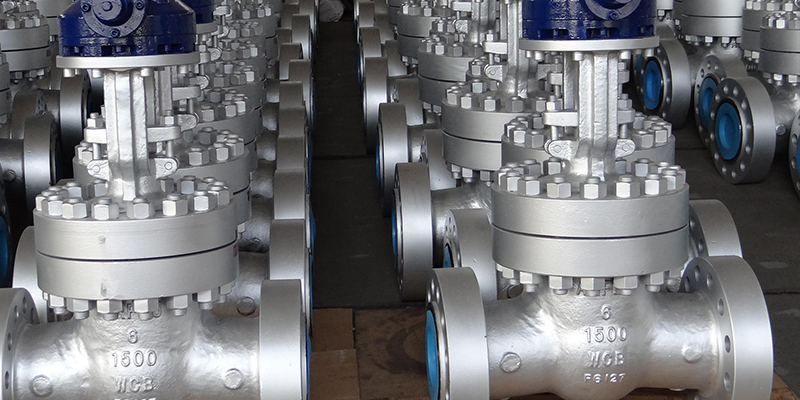
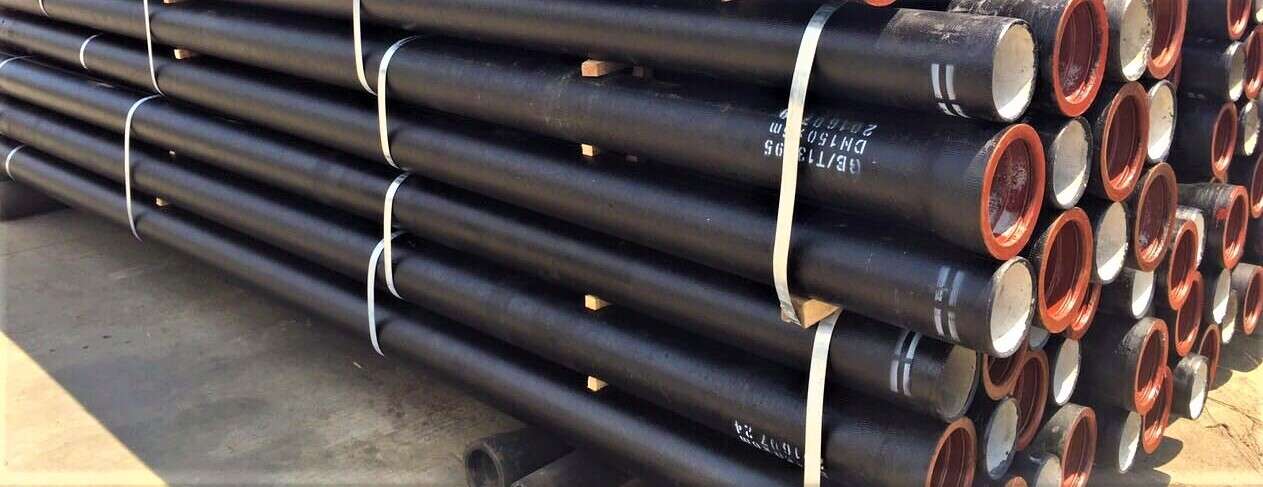


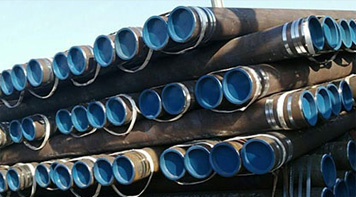 Eastern Steel Manufacturing Co.,Ltd not only improve product production and sales services, but also provide additional value-added services. As long as you need, we can complete your specific needs together.
Eastern Steel Manufacturing Co.,Ltd not only improve product production and sales services, but also provide additional value-added services. As long as you need, we can complete your specific needs together.
